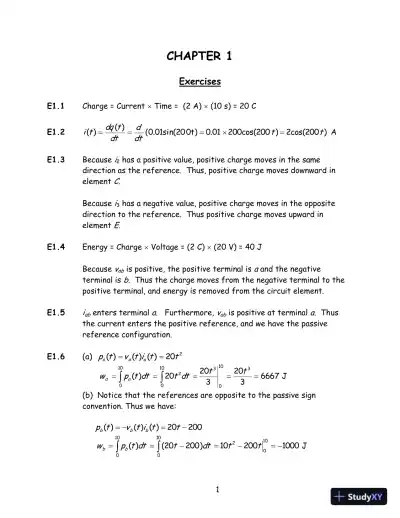Page 1

Loading page ...
Master your textbook with Solution Manual for Electrical Engineering: Principles and Applications, 7th Edition, offering detailed solutions to every question.

Loading page ...
This document has 688 pages. Sign in to access the full document!